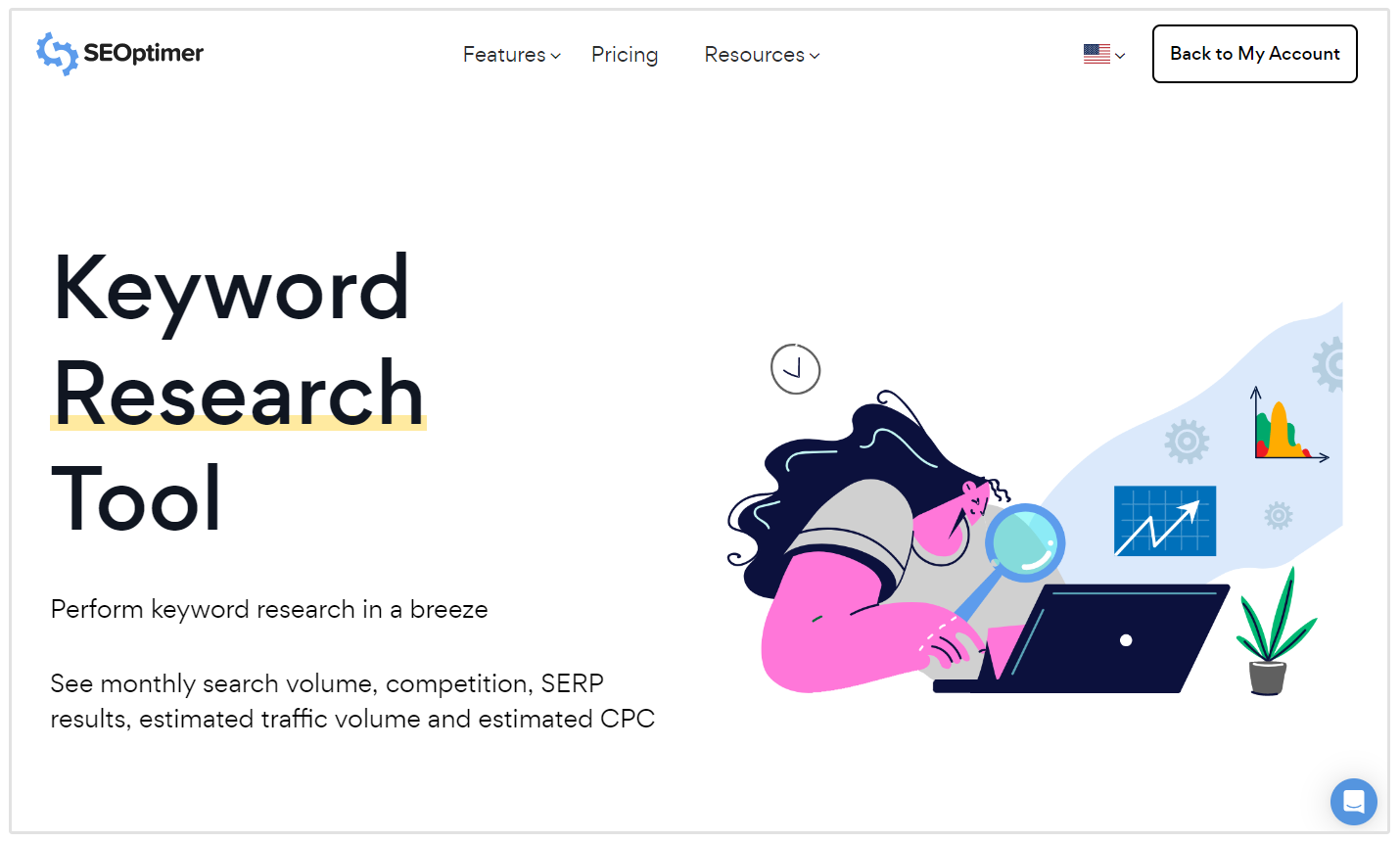Recognizing Secondary Dimensions in Google Analytics: What is a Secondary Dimension and How It Boosts Information Analysis
Revealing the Effect of Second Measurement in Google Analytics on Information Evaluation and Insights
In the realm of data analytics, the usage of secondary dimensions within Google Analytics has emerged as a critical tool for drawing out much deeper insights and unraveling complicated patterns that could otherwise continue to be obscured. By peeling back the layers of primary data sets, secondary dimensions provide a nuanced viewpoint that enhances the understanding of customer behavior, web site efficiency, and the efficiency of marketing approaches. The real impact and untapped capacity of second measurements are typically taken too lightly, eclipsed by the allure of primary metrics. As we browse through the detailed landscape of information evaluation, the value of secondary dimensions comes to be progressively apparent, shedding light on important details that hold the trick to educated decision-making and calculated optimizations.
Discovering the Concept of Second Measurements
Second dimensions in Google Analytics give added understandings by allowing individuals to assess key information along with an additional quality. This attribute enables a more complete understanding of the main data by including one more layer of info for analysis. By integrating secondary measurements, individuals can dig deeper into the information and discover valuable correlations that might otherwise go undetected. As an example, by matching the primary data of website traffic with second measurements like demographics or habits, online marketers can get a much more detailed sight of their target market and customize their techniques appropriately.
Understanding the principle of secondary measurements is critical for making the most of the potential of Google Analytics. It permits users to section information efficiently, identify patterns, and make informed choices based on a more total photo of their analytics data. By discovering the numerous secondary dimensions readily available in Google Analytics, users can unlock new insights and optimize their electronic advertising and marketing initiatives. Basically, additional dimensions act as a powerful device for boosting data analysis and driving actionable results.
Enhancing Data Analysis With Second Measurements
Having developed the foundational understanding of secondary measurements in Google Analytics and their essential function in data evaluation, the focus currently changes in the direction of leveraging these additional credit to enhance the analysis of analytics data (what is a secondary dimension in google analytics). By incorporating second dimensions into information analysis, analysts can obtain much deeper insights into individual actions, internet site efficiency, and advertising and marketing performance

In addition, additional dimensions help in contextualizing key information metrics by giving additional layers of details. This contextualization aids in understanding the 'why' behind the data patterns, helping experts make notified decisions and optimizations to boost general performance. Ultimately, incorporating second measurements improves the data interpretation process, causing more purposeful insights and tactical activities.
Revealing Hidden Insights Through Second Measurements
Exploring the depths of analytics data with secondary dimensions exposes useful understandings that would certainly otherwise stay covered. By integrating secondary dimensions in Google Analytics, companies can discover concealed patterns, patterns, and relationships that give an even more comprehensive understanding of customer habits and site performance. These additional layers of information permit experts to delve much deeper into the main measurements, such as web traffic resources or touchdown pages, and acquire an extra nuanced viewpoint on how different variables connect with each other.
Via the usage of second measurements, experts can section and contrast information across numerous measurements, enabling them to identify details aspects that influence user engagement, conversion prices, and general success metrics. By matching the main measurement of 'gadget category' with the second dimension of 'age team,' marketing professionals can pinpoint which age demographics favor accessing the web site through mobile tools versus desktops.
Leveraging Secondary Measurements for Actionable Analytics
Building upon the understandings revealed via additional dimensions in Google Analytics, businesses can currently harness this enriched information landscape to drive workable analytics and tactical decision-making. By leveraging secondary measurements, organizations can dig much deeper into their information to extract useful patterns, trends, and relationships that dig this may have formerly gone unnoticed. This much deeper degree of analysis allows companies to gain a more thorough understanding of individual habits, campaign performance, and general web site efficiency.
One trick advantage of making use of additional dimensions for workable analytics is the capability to segment information based on certain standards. This division permits businesses to customize their methods and projects to various target market teams, resulting in a lot more targeted and effective marketing initiatives - what is a secondary dimension in google analytics. Additionally, additional dimensions give a more alternative sight of individual interactions, making it possible for businesses to enhance their web site web content, design, and general customer experience
Maximizing Decision-Making With Additional Measurements
To enhance tactical decision-making in analytics, leveraging second dimensions in Google Analytics can supply an extra nuanced perspective on customer habits and read this post here campaign performance. By incorporating second dimensions right into data evaluation, services can dig deeper into the specifics of their web site visitors' interactions and engagement patterns. This additional layer of information allows for an extra extensive understanding of how various variables, such as demographics, tools, or traffic resources, effect key efficiency signs.

Conclusion
In conclusion, using secondary dimensions in Google Analytics plays a crucial duty in enhancing data analysis and discovering concealed understandings. By exploring this idea, one can get a much deeper understanding of user habits and make informed decisions based upon actionable analytics. Leveraging additional dimensions enables for an extra thorough interpretation of data and makes best use of the efficiency of decision-making procedures.
